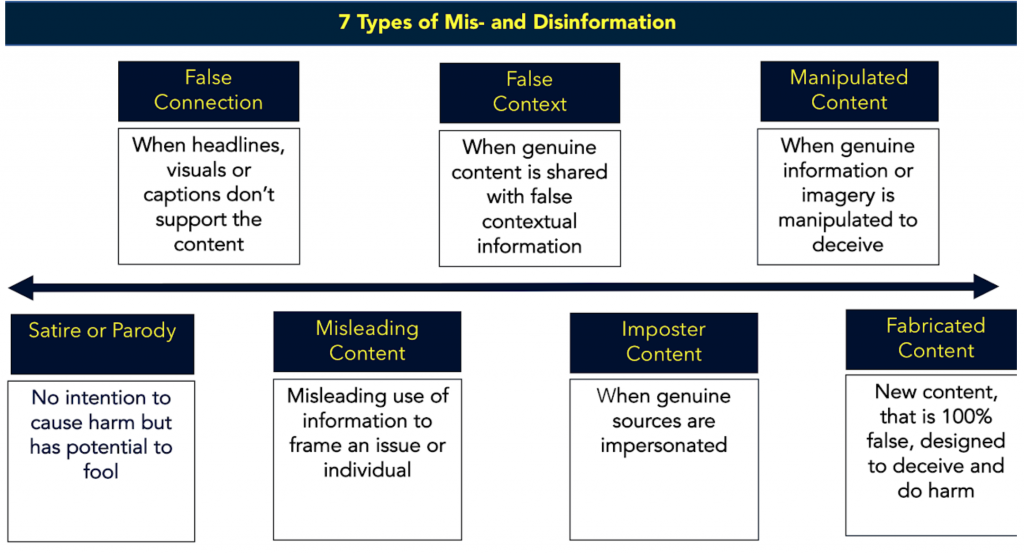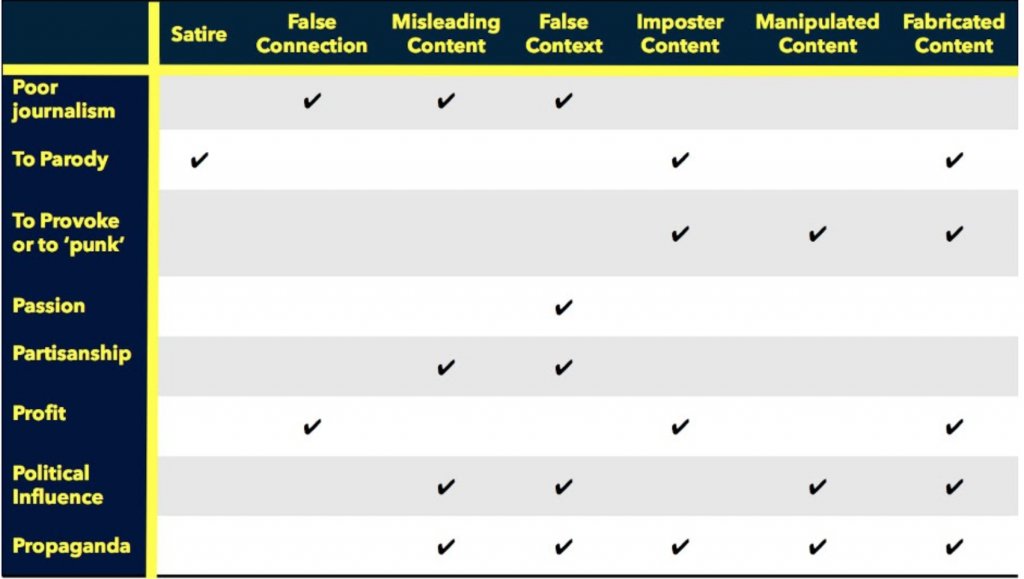Digital Literacy- Teaching students how to identify fake news
What is digital literacy? The American Library Association (ALA) defines digital literacy as “the ability to use information and communication technologies to find, evaluate, create, and communicate information, requiring both cognitive and technical skills.” (Renaissance, 2019). However, digital literacy is more than that definition, especially in the classroom! It refers to students’ ability to read and use technology, and the choices they are making online. We want our students to be responsible and respectable online. It is about teaching our students to distinguish between what is real and what is fake.
In Dr. Alec Curos and Katia Hildebrandt’s fact sheet, How do we teach students to identify fake news? they describe today’s era people as overly influenced by their emotions and beliefs over factual information making it hard to determine fact or fiction as fake news is spreading rapidly over media sources and social networks. Fake news is often intended to rave havoc and does harm by tricking individuals into believing lies or unfairly discrediting a person or political movement. It is also becoming easier to produce fake news as digital tools are being used to create fake messages, videos, photos, and audio recordings in order to trick people into believing they are real.
If this is the case how do we teach our students to identify fake news?
We can start by teaching our students to look at the world from a critical lens. We aren’t just born with the ability to pick our fake news, but we do all develop our own beliefs and ideas of how the world should work. These sets of beliefs are often what influence us to believe certain things. By teaching our students important terms, such as implicit and confirmation biases, we can help students challenge their thinking in order to find valuable resources. For example, our implicit biases can affect what we see on social media, as it refers to the attitudes or stereotypes that affect our understandings, actions, and decisions in an unconscious manner. Often we follow the same types of people that have the same beliefs as our own, which causes us to believe news just because it aligns with our viewpoints. We can take our teaching a step further by teaching students how to limit these types of biases. This can be done by teaching students how to fact-check their resources by finding multiple reliable sites that contain the same information they are trying to use. It is important to use scholarly articles and not just something from a random blog without creditable sources or Wikipedia that any John Doe can go on and edit. There are many other forms of biases that fake news uses to convince people to believe it. By using resources such as Katherine Koskie’s Worksheet: Bias in the news we can teach students how to look for biases that articles.
You’re not going to believe what I’m about to tell you is a comic that does a great job explaining why we often believe fake news.

Another step that can be taken is teaching students about the different kinds of fake news and the motivation there is behind it. Claire Wardle provides a great visual of this information.


It is also important to provide students with examples of what fake news and unreliable sources may look like. By doing this we can teach students how to effectively avoid news and use technology appropriately. There are a variety of online resources that teach kids how to spot fake news and dangerous resources, such as:
- Spot the troll
- Break the fake
- Factitious – A game about identifying fake news
- Weekly News Quiz from the NY Times
There is also plenty of websites out there such as BrainPOP Digital Citizenship that can be used to teach students about digital citizenship and help them better understand what is appropriate to post online. BrainPOP provides quizzes that go along with their videos as well so students can test out what they learned. There are also plenty of educational videos and quizzes on many topics to use in the classroom.
Note:
I choose to look at Worksheet: Bias in the news by Katherine Koski who was my grade 10 English teacher and Jr. volleyball coach, and I have actually used this resource (or a similar one, I can’t remember exactly) in her class. It was very useful when being taught how to find reliable sources. Katherine Koski was one of the best teachers I had in my education. I would like to explain that during the time she taught me was dealing with a difficult time and posted a letter expressing her frustrations and issues with the education system online and throughout our school. She was a huge advocate for her students and a big inspiration to many of her students. However, during this time she also faced a lot of backlash for what she posted and there were even alleged rumours of her being asked to leave her position at the school. Before this happened she moved on in her career teaching in the town over and furthering her education. I have followed along with her journey on multiple social media platforms as she was a huge inspiration to me, and a teacher I always felt welcome around. It is awesome to see her influence and participation in teaching Indigenous ways of knowing and Reconciliation in the classroom, and have even gained a few ideas for projects I would like to try in my own future. I thought I’d share this brief story with everyone as it is proof that what you post online can affect your life drastically, even if it shouldn’t. When you post something that upsets the wrong people, it can backfire and hurt you. To the education system, this letter was seen as harmful, but to her students, it was empowering and truthful.
Hi Tadyn! Thank you for this insightful post! This post about learning digital literacy was well organized and inspiring! I like how well in-depth you went to discussing teaching students about confirmation biases. I have discovered through a few articles as well in this course how people are often drawn to information that interests them rather than factual information. Therefore, one may have a bias and provide information as facts just as long as it interests them even if it is not true. I thought that comic strip was really cool and provided an excellent explanation of how fake news is perceived by our own biases. Teaching students how to fact-check is extremely important as you mentioned since there are plenty of sites out there such as Wikipedia where anyone can post random and often false information too. I really enjoy that diagram on mis-disinformation as I believe it is a perfect example of how fake news is perceived as well as how to watch for fake news. Lastly, I thought your ending about the teacher who created the “Worksheet biases in the news” was very heartfelt. We really do have to bed carefully in what we post online as the world can be so cruel. However, I feel like teachers get put into tough situations sometimes where they feel their voice needs to be heard to advocate for their students, but sometimes the Ministry or Government doesn’t share the same viewpoints and things can get out of hand. She sounds like an amazing teacher and created a great worksheet for explaining biases in the news that can be used to help our Middle Years and High-School students.
Thanks for sharing!
Noelle